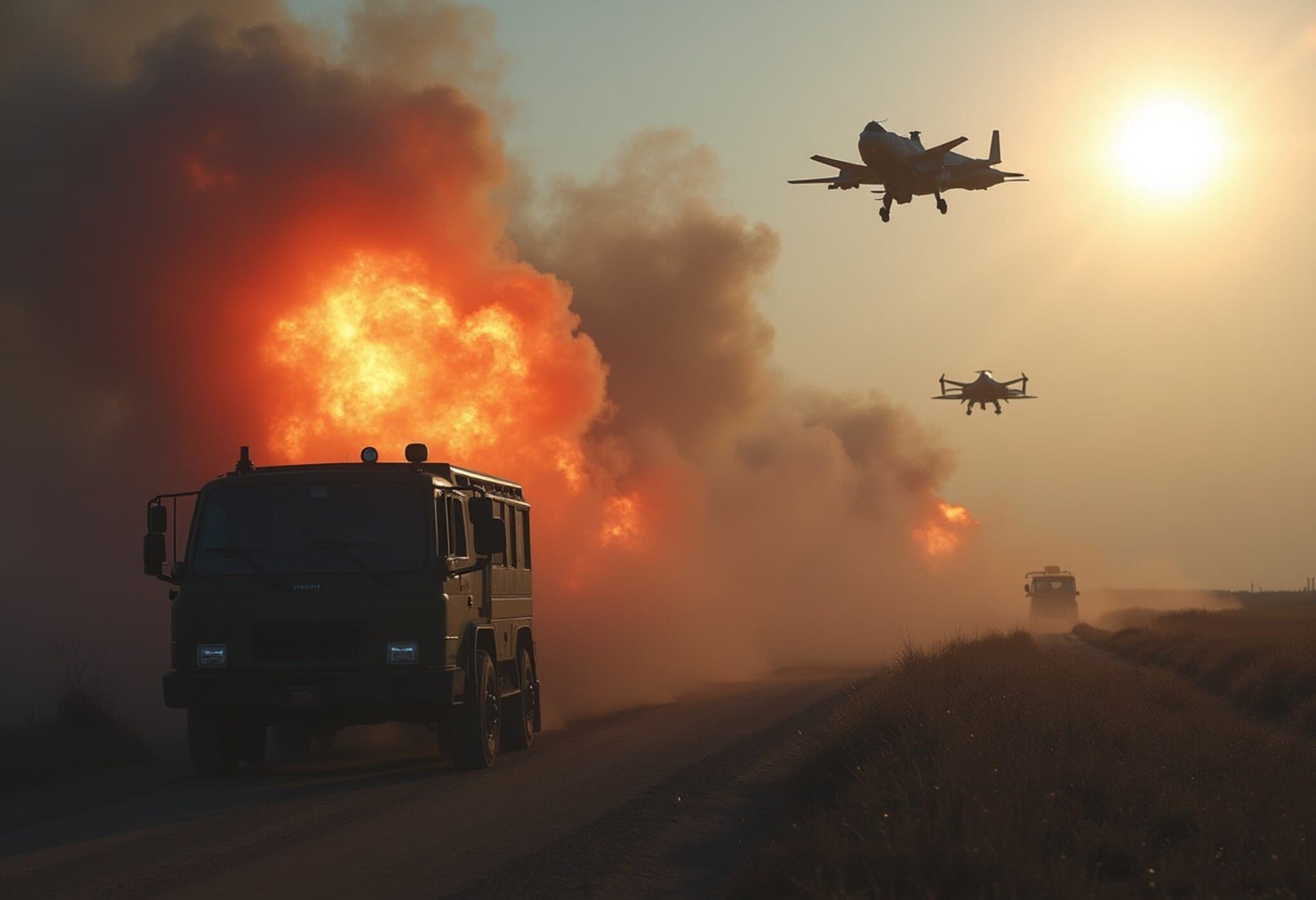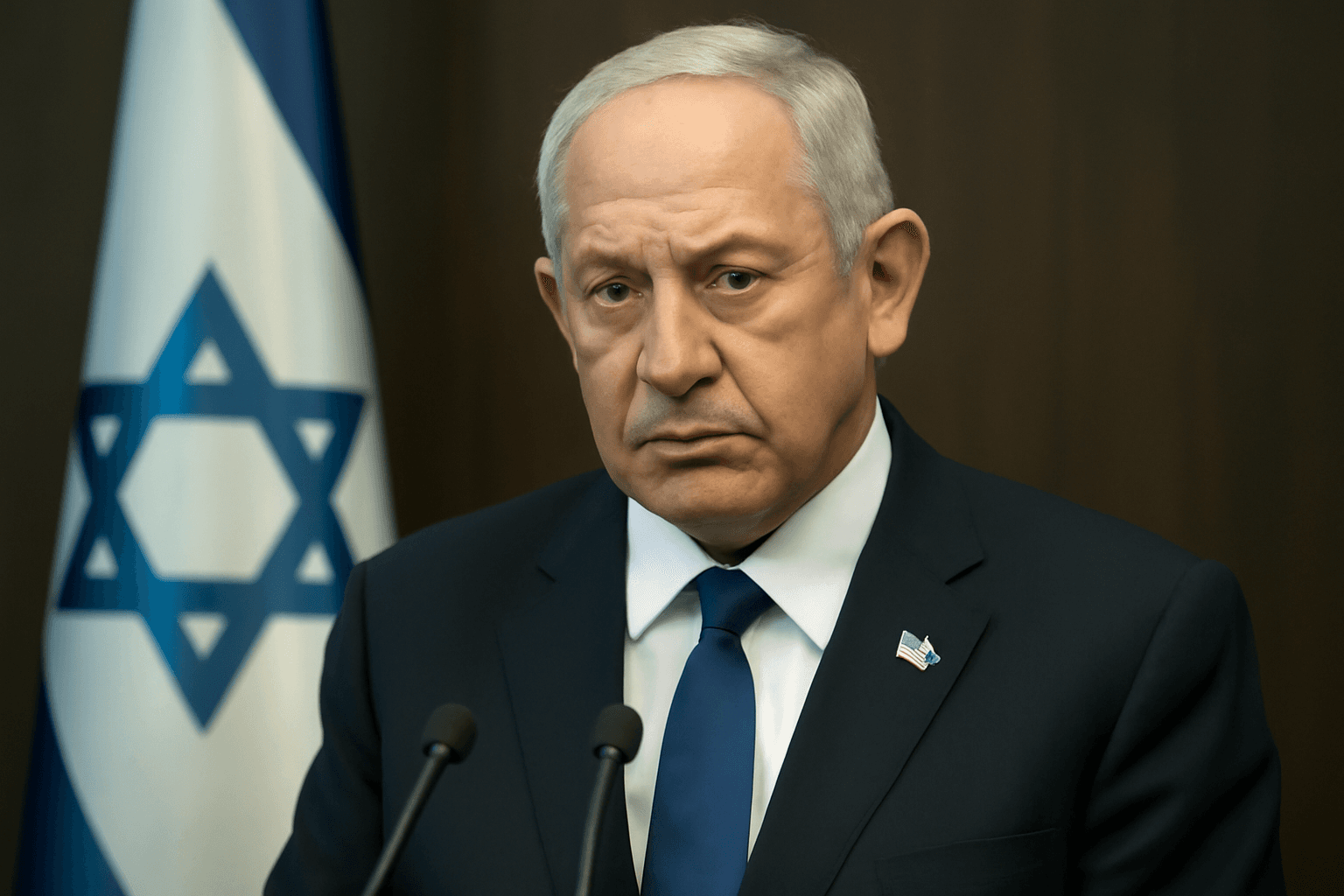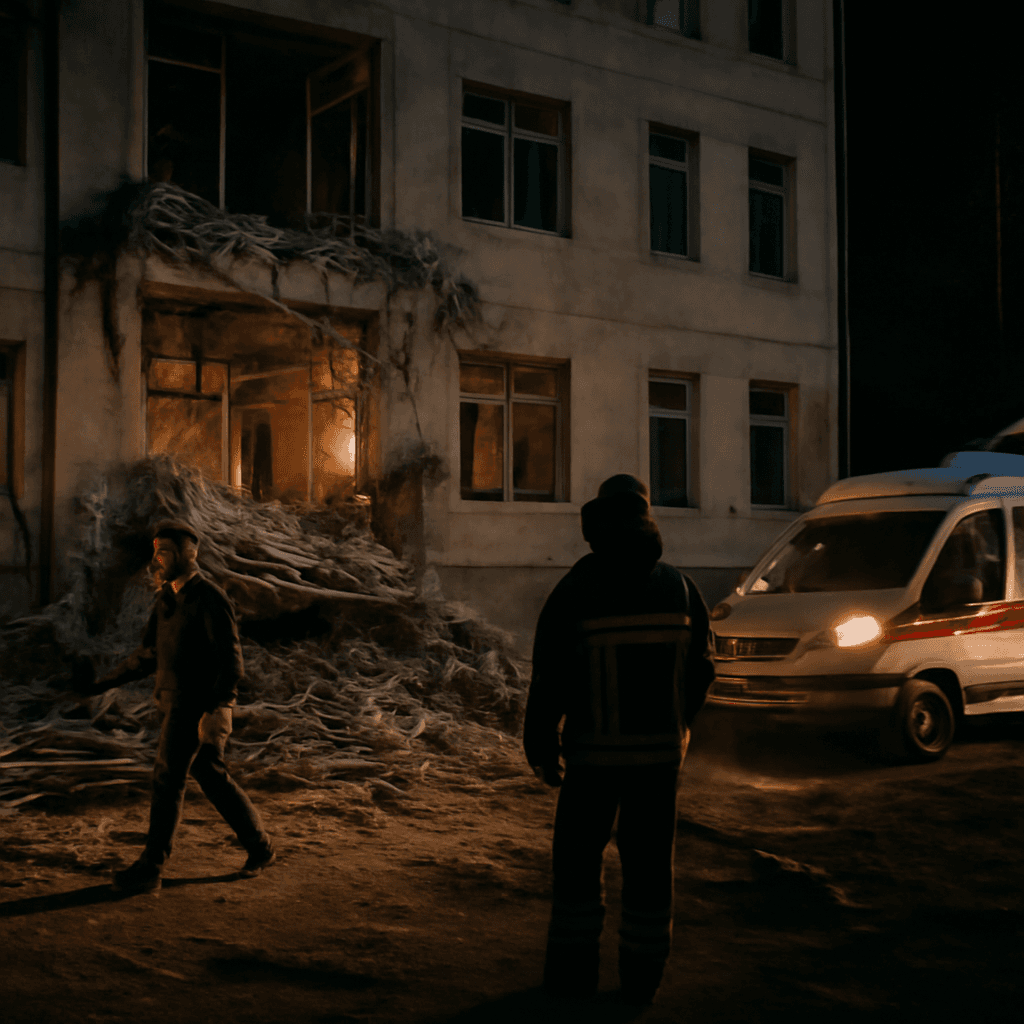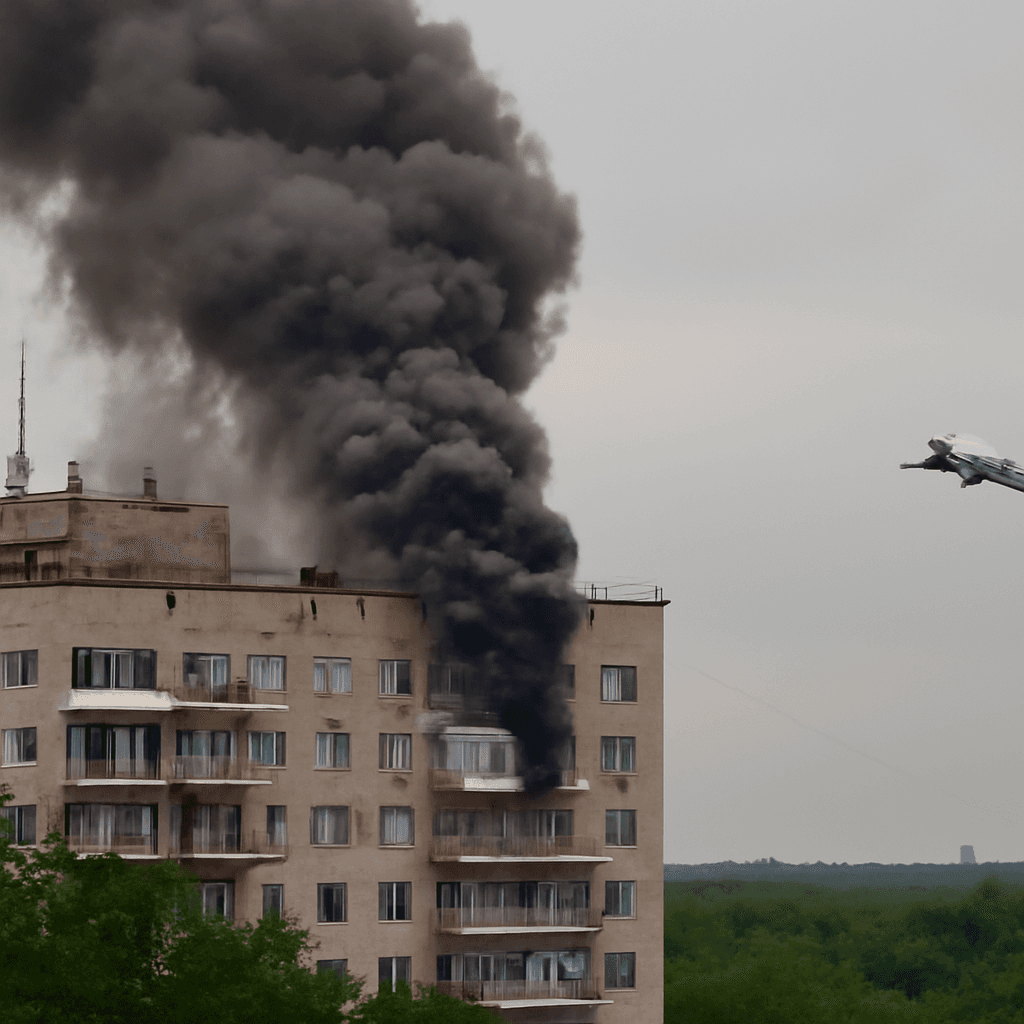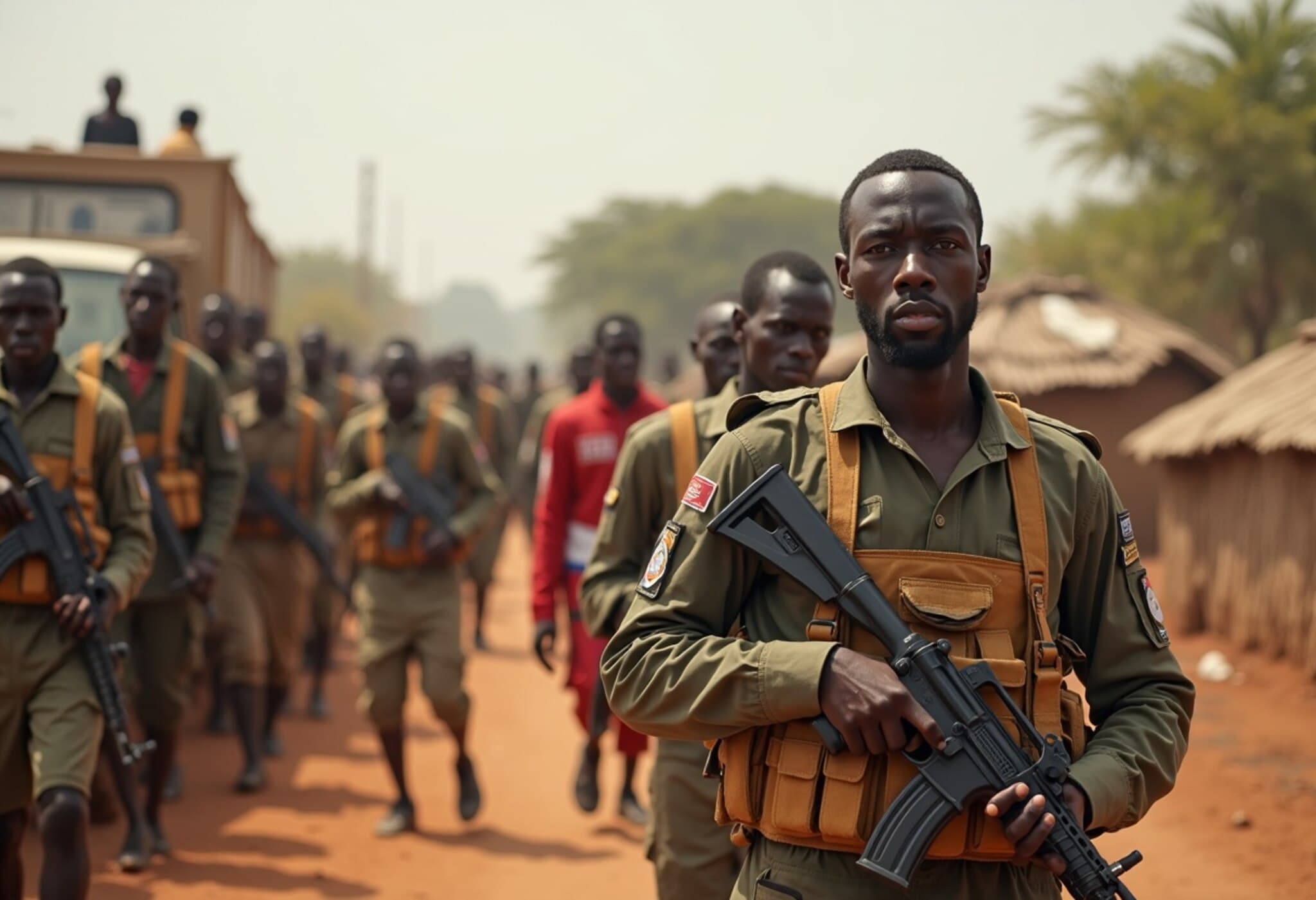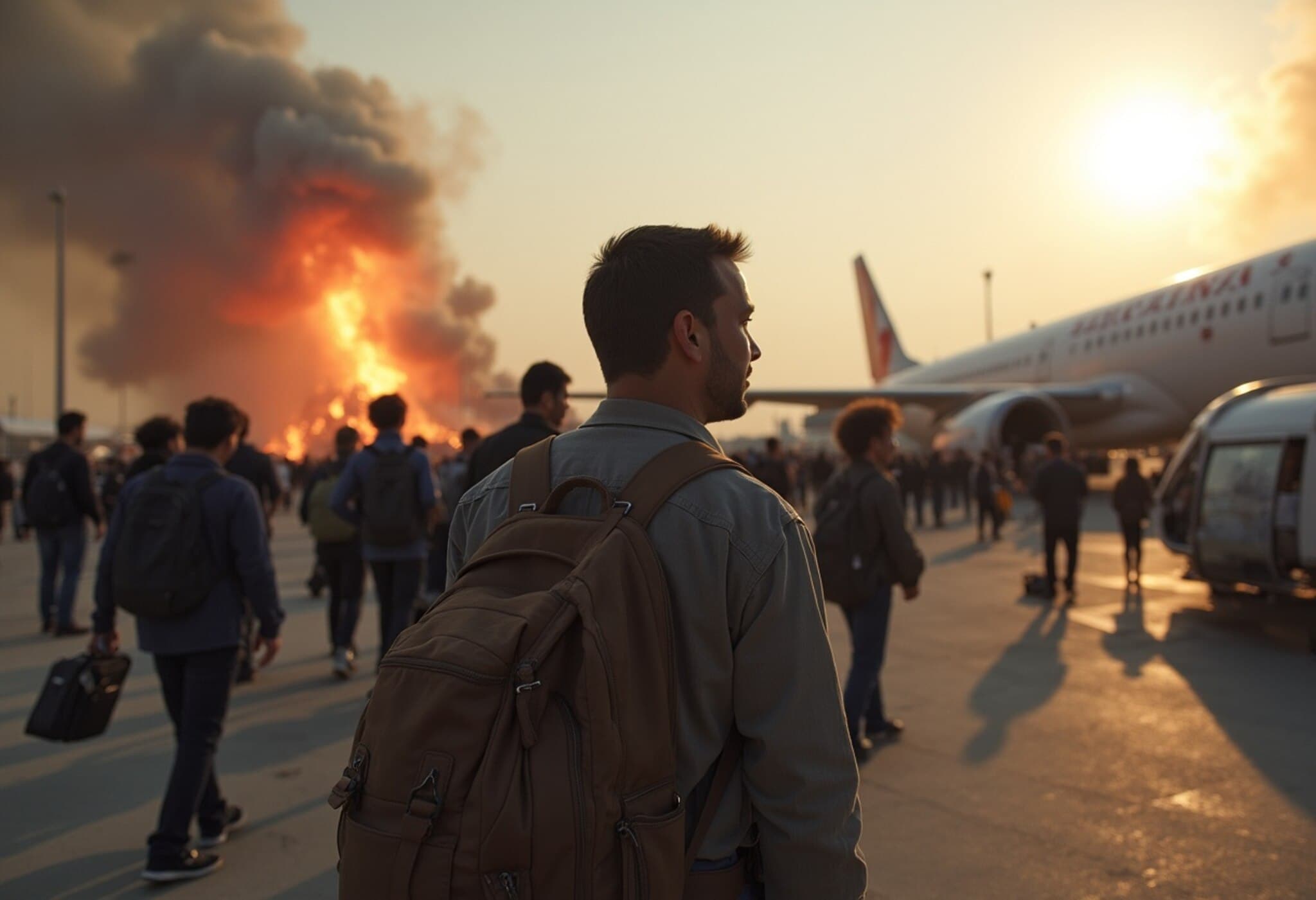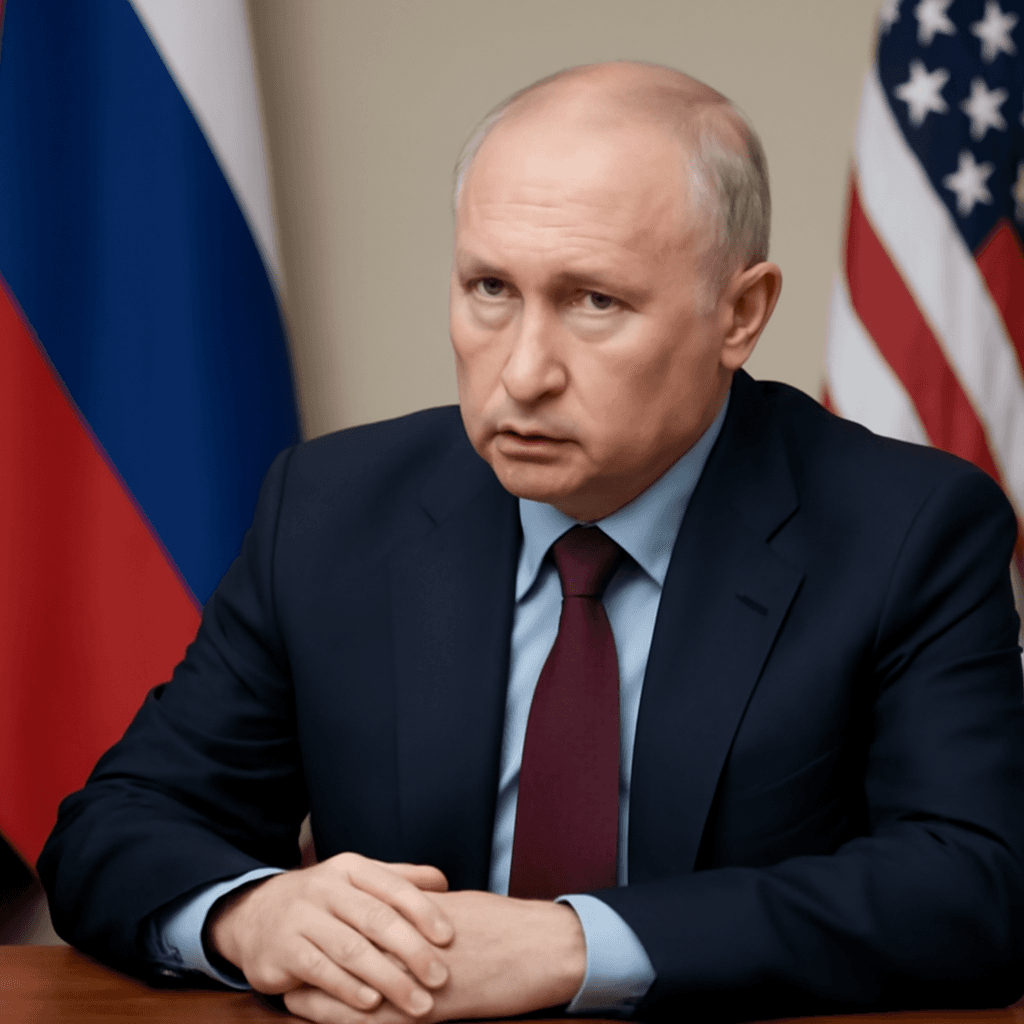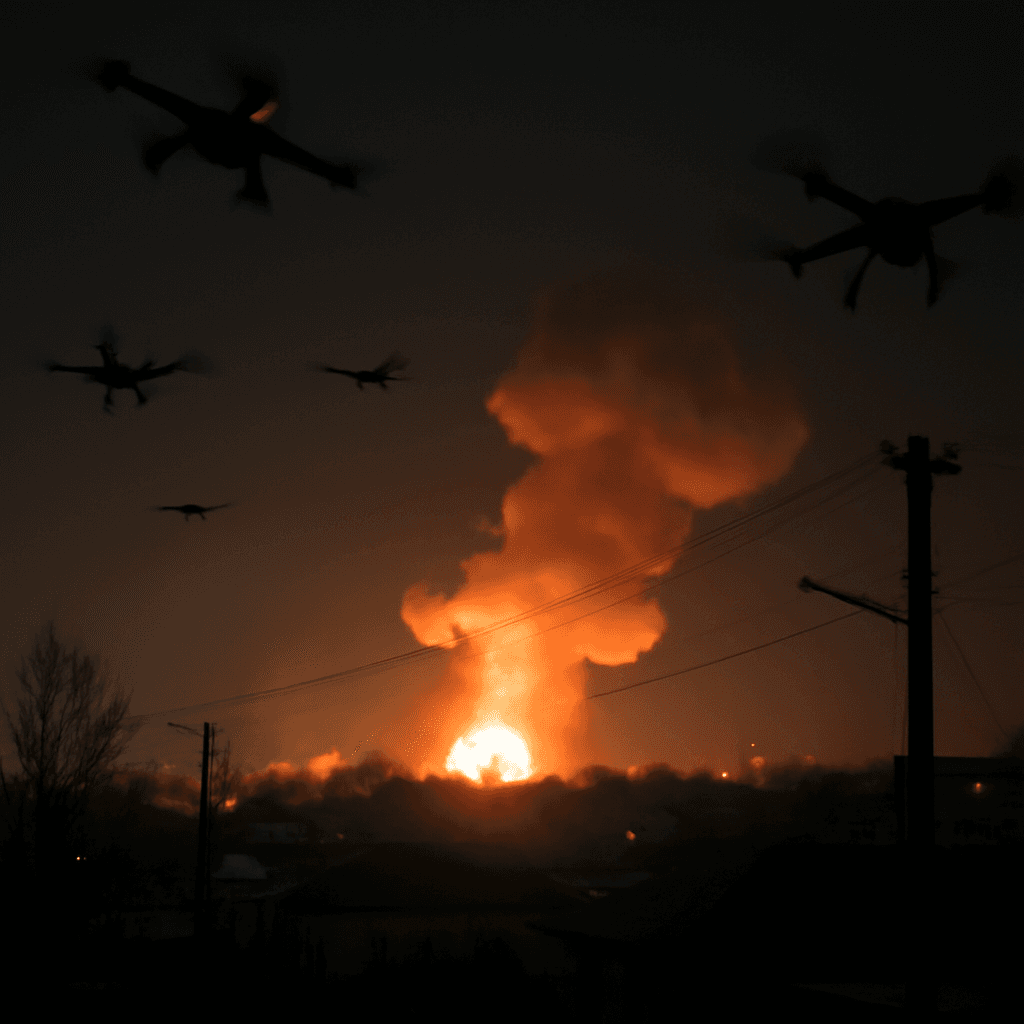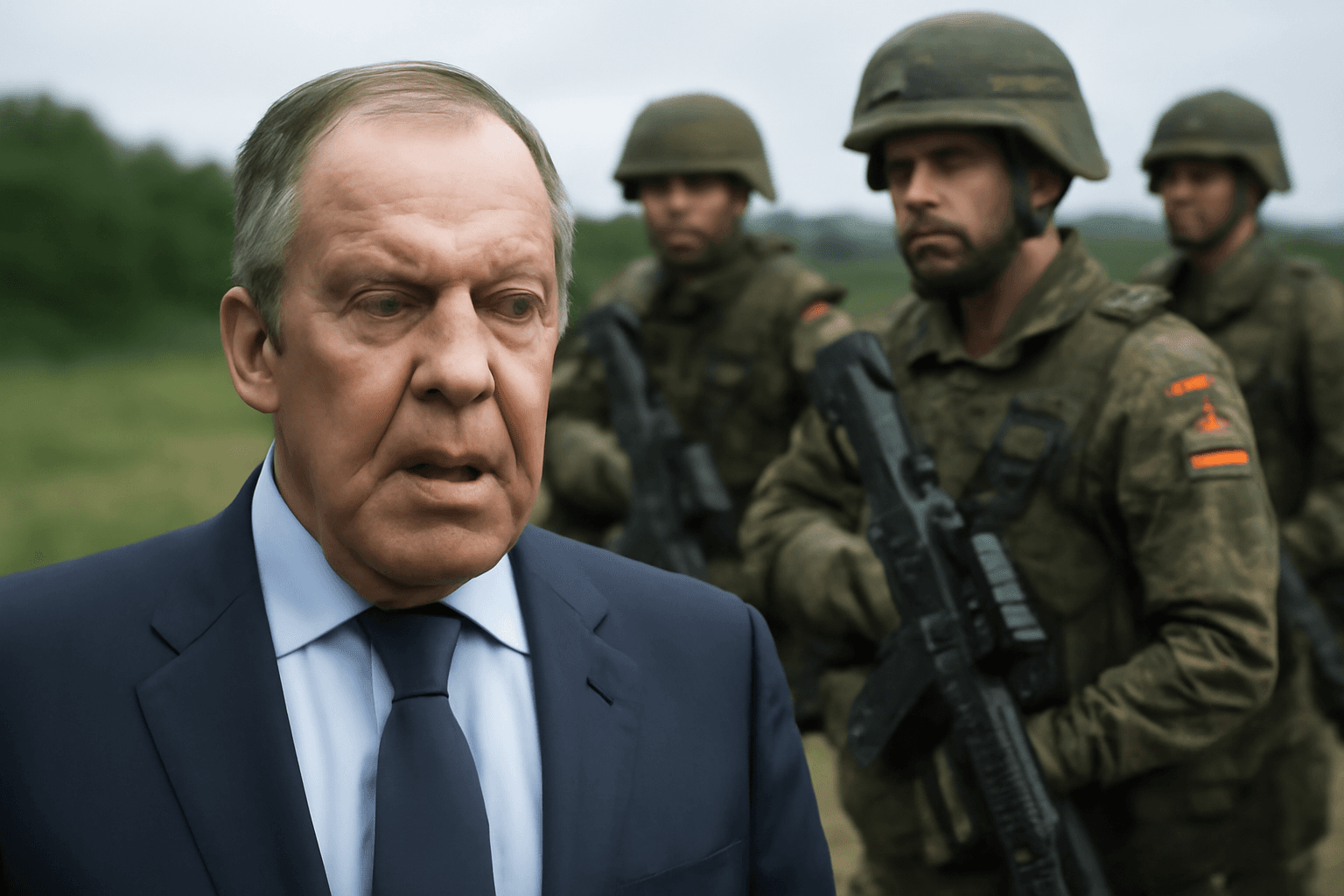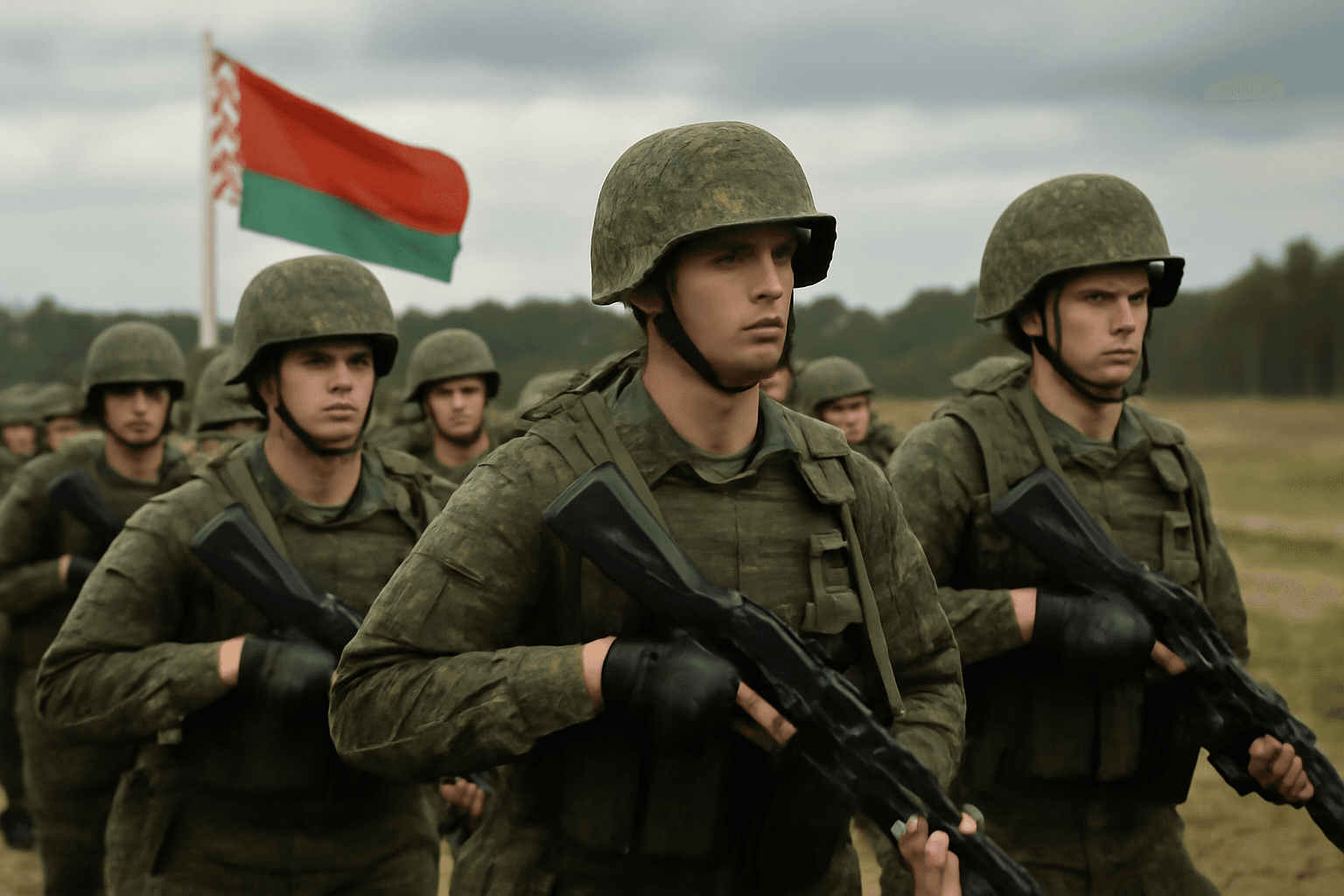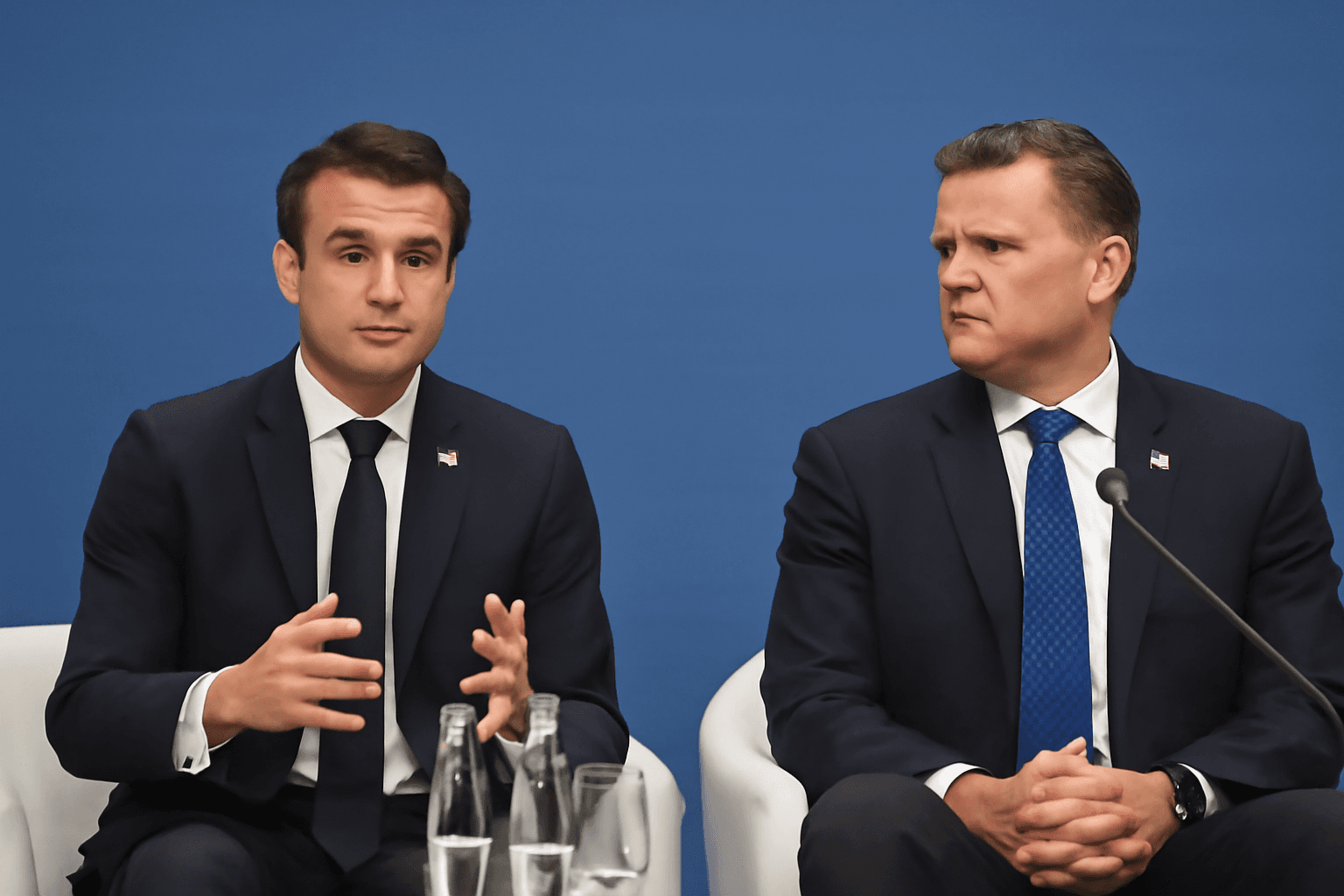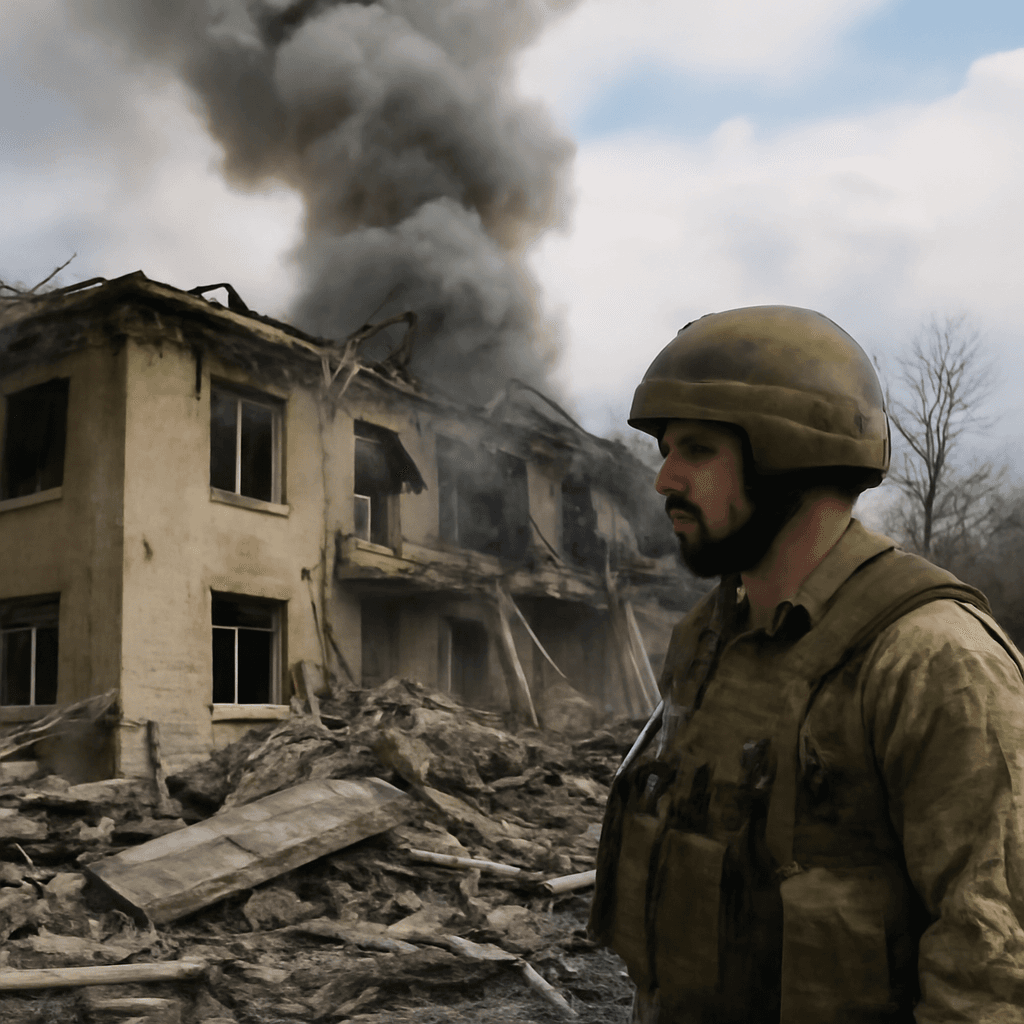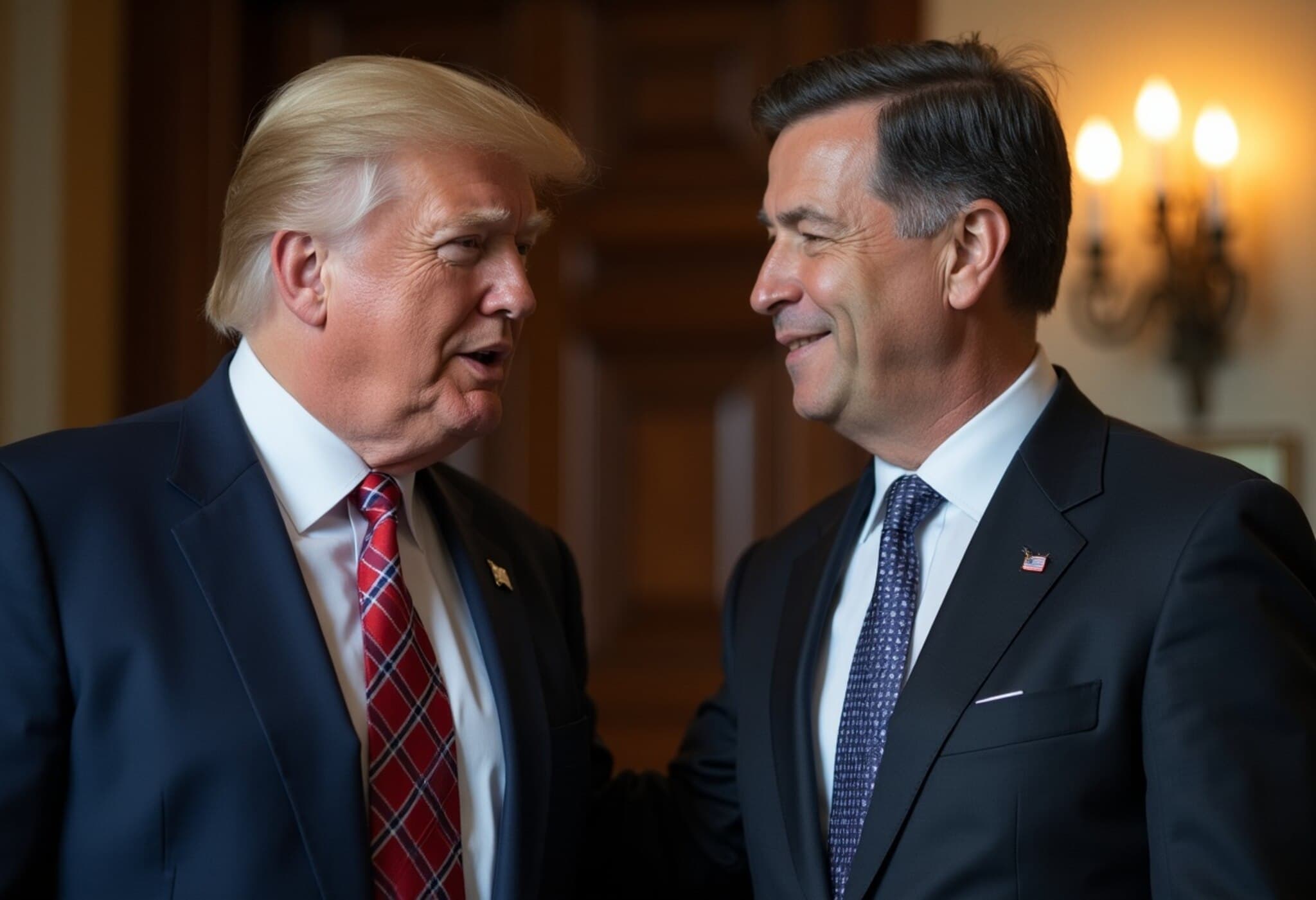Russia's Unprecedented Drone Assault on Ukraine Escalates Conflict
In a dramatic escalation of the ongoing conflict, Russia launched an unprecedented swarm of 728 drones against Ukraine early Wednesday, just hours after former US President Donald Trump pledged to increase military support to Kyiv. This massive aerial offensive represents one of the most intense air assaults witnessed since the war began in 2022, putting immense pressure on Ukraine's already strained air defense networks.
Ukraine's Resilience Amid Overwhelming Drone Swarm
Despite the overwhelming numbers, Ukrainian forces successfully intercepted and neutralized nearly all the drones, according to Yurii Ihnat, spokesperson for the Ukrainian Air Force. However, the six hypersonic missiles launched in conjunction caused unspecified but tangible damage, underscoring the relentless threat Ukraine faces.
The attacks tragically resulted in casualties, including one civilian killed by drone debris in western Ukraine and eight fatalities near the frontline in Donetsk from drone and guided bomb strikes. The Russian Defense Ministry reported targeting military airfields, signaling a coordinated strategy to undermine Ukraine’s military infrastructure.
Political Ramifications: Sanctions, Diplomacy, and Weapon Supplies
President Volodymyr Zelenskyy, poised to meet US envoy Keith Kellogg in Rome before a summit of Ukraine-friendly nations, emphasized the urgent need for stronger economic sanctions on Russia, particularly targeting revenue streams from oil exports. His meeting with Pope Francis, who offered the Vatican as a venue for peace talks, highlights ongoing diplomatic efforts—even as Moscow has yet to engage seriously.
Trump’s recent statements add complexity to the international response. Having returned to power with pledges to end the conflict, Trump criticized Russian President Vladimir Putin bluntly and suggested surprise measures against Russia, including support for legislation imposing steep 500% tariffs on countries buying Russian energy exports. These proposals signal a potential hardening of US policy, reversing previous hesitations in supplying critical arms to Ukraine.
Simultaneously, European leaders, including German Chancellor Friedrich Merz, acknowledge that diplomatic solutions appear exhausted but reaffirm unwavering support for Kyiv, with new offers of air defense systems anticipated at the Rome conference.
Regional Security Concerns: Drone Strikes Near NATO Borders
The assault’s geographic breadth was stark, targeting western Ukrainian cities close to NATO boundaries. Lutsk, a city of 200,000 located just 125 miles from NATO member Poland, experienced significant damage from around 50 drones and several missiles, triggering air raid alerts and prompting Polish and allied air force readiness measures.
While Lutsk experienced property damage and fires, no casualties were reported, a testament to evacuation and civil defense measures. The activation of NATO-adjacent air defenses underscores growing security anxieties as conflict risks spill increasingly near alliance borders.
Expert Insights: The Implications of Drone Warfare and Sanction Strategies
This intensified use of drone swarms marks a troubling evolution in modern warfare, where volume and saturation tactics test the limits of air defense and civilian protection. Experts warn that such attacks not only degrade military capabilities but also strain civilian resilience and emergency response systems.
From a policy perspective, the dialogue surrounding sanctions reveals complex geopolitical calculations. Imposing steep tariffs on Russian energy imports could accelerate economic pressure on Moscow but risks fracturing global energy markets and impacting allies reliant on Russian exports. The US stance under Trump creates a dynamic shift from the previous administration, blending harsh rhetoric with strategic ambiguity.
Moreover, the Vatican’s offer to mediate peace talks introduces a softer diplomatic channel that could complement harder sanctions and military support, suggesting multifaceted approaches are essential for conflict resolution.
Looking Ahead: What to Watch
- Effectiveness and sustainability of Ukraine’s air defense amid mass drone and missile attacks.
- International willingness to enforce and expand sanctions on Russia’s energy exports.
- Potential breakthroughs or stalemates in peace negotiations, including Vatican-facilitated talks.
- Expansion of NATO’s responses to protect member borders as conflict intensifies near alliance perimeters.
Editor's Note
The massive drone assault on Ukraine amid shifting US and European policies highlights a perilous juncture in the war’s trajectory. While Kyiv’s resilience shines, the rising scale of attacks near NATO borders raises alarms about broader regional security risks. Meanwhile, the tug-of-war between military support and diplomatic efforts reflects the complex global stakes involved. Readers are encouraged to consider the multifaceted challenges this conflict presents—not only militarily but economically and diplomatically—as well as the human toll behind the headlines.

